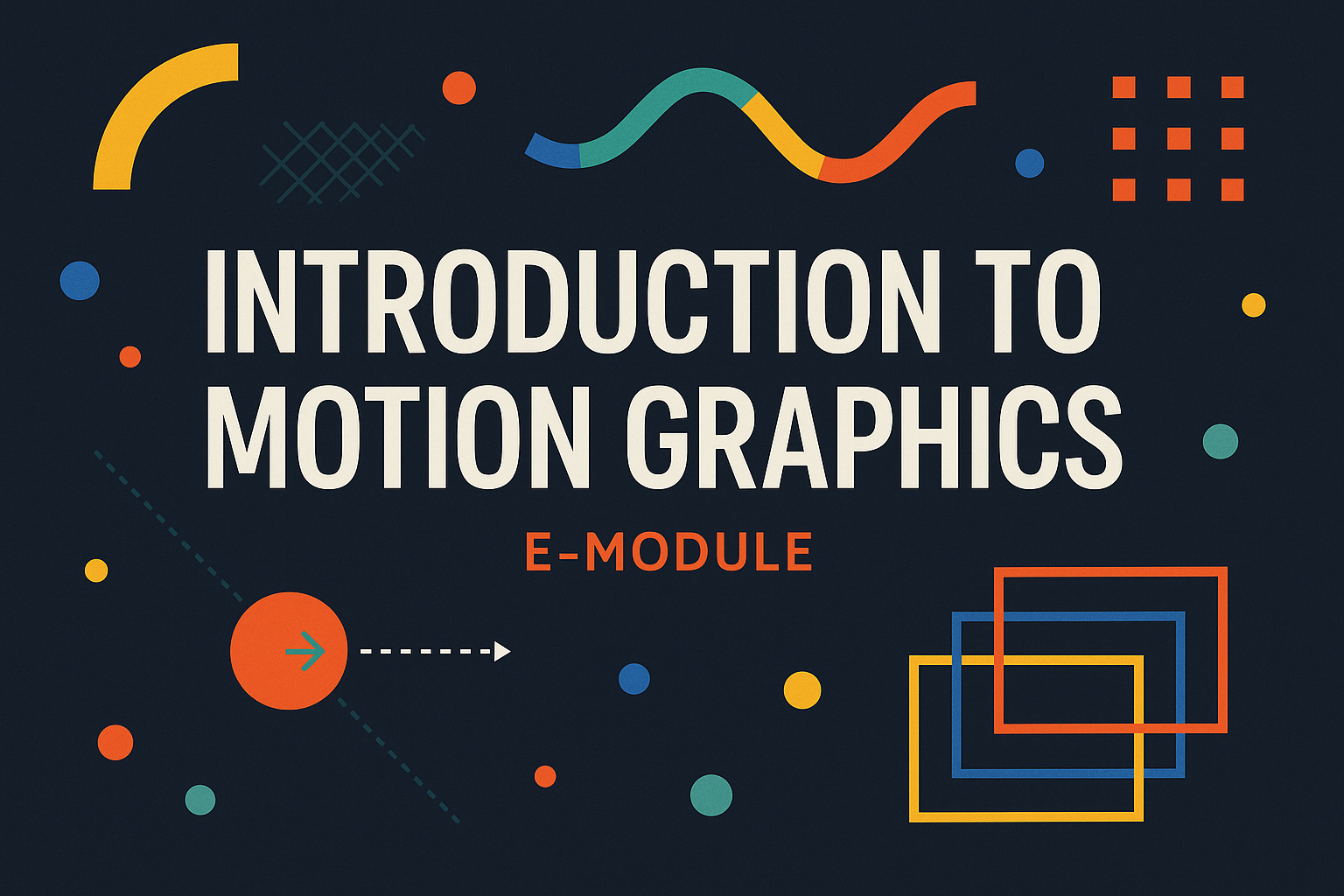
Animation Fundamentals: Step-by-Step Motion Graphics
About This Course
Do you struggle to keep up in traditional design lectures? Are you an aspiring creative, a working professional in media or design, or someone with unique learning needs who feels overwhelmed or unsure where to start? Whether you’re a busy student, a working adult, or looking to level-up your career, this course is designed just for you!
• Nearly 30% of creative students and professionals struggle with focus and confidence in fast-paced environments.
• Many working adults in media and design want to upskill in motion graphics but can’t find inclusive, beginner-friendly, or flexible resources.
• Learning disabilities, shyness, and stress may hold talented individuals back from excelling in motion design.
Your Solution—This Course:
“Animation Fundamentals: Step-by-Step Motion Graphics” is the answer. Crafted by an industry-experienced media & design lecturer, this fully online, self-paced course blends the best of design education and media industry standards. You’ll unlock essential tools, practical skills, and creative confidence—no matter your background or career stage.
What You Will Learn:
• Introduction to Motion Graphics: What is it and how can it transform your media/design projects?
• History and Evolution: Understand motion graphics’ impact on the creative industries.
• Animation Principles: Master foundations that every industry designer needs.
• Tools Overview: Hands-on skills in After Effects, Blender, and more.
• Layers, Keyframes & Vectors: Real-life exercises for confident project management.
• Typography, Shapes, and Colours: Create visually compelling, professional-quality work.
• Sound & Storyboarding: Bring your creative visions to life, from planning to production.
• Exporting & Sharing: Complete and showcase professional projects in your portfolio or workplace.

Curriculum Overview
This course includes 2 modules, 4 lessons, and 0:30 hours of materials.
Early animation was done by drawing each movement by hand or moving real objects a little at a time—then taking photos of every frame. When all the frames were shown quickly in a row, it created the effect of movement. Examples include old cartoons, flipbooks, and early movie title sequences. Even though these methods were slow and hard work, they taught important animation basics such as smooth movement and story flow. These skills are still useful for anyone learning motion graphics today, even with modern digital tools.
With the invention of computers and new software, animation changed from manual drawing to digital creation. Designers could now use programs to create, edit, and animate graphics much faster and with more flexibility than before. This transition made animation more accessible to more people and also allowed for more creative styles. Digital tools like Adobe After Effects, Blender, and others have become popular because they let users easily add movement to shapes, text, and images. Today, most motion graphics are made using these digital tools, which save time and help produce professional results more efficiently.

Course Specifications
Send Course as Gift






Reply to Comment